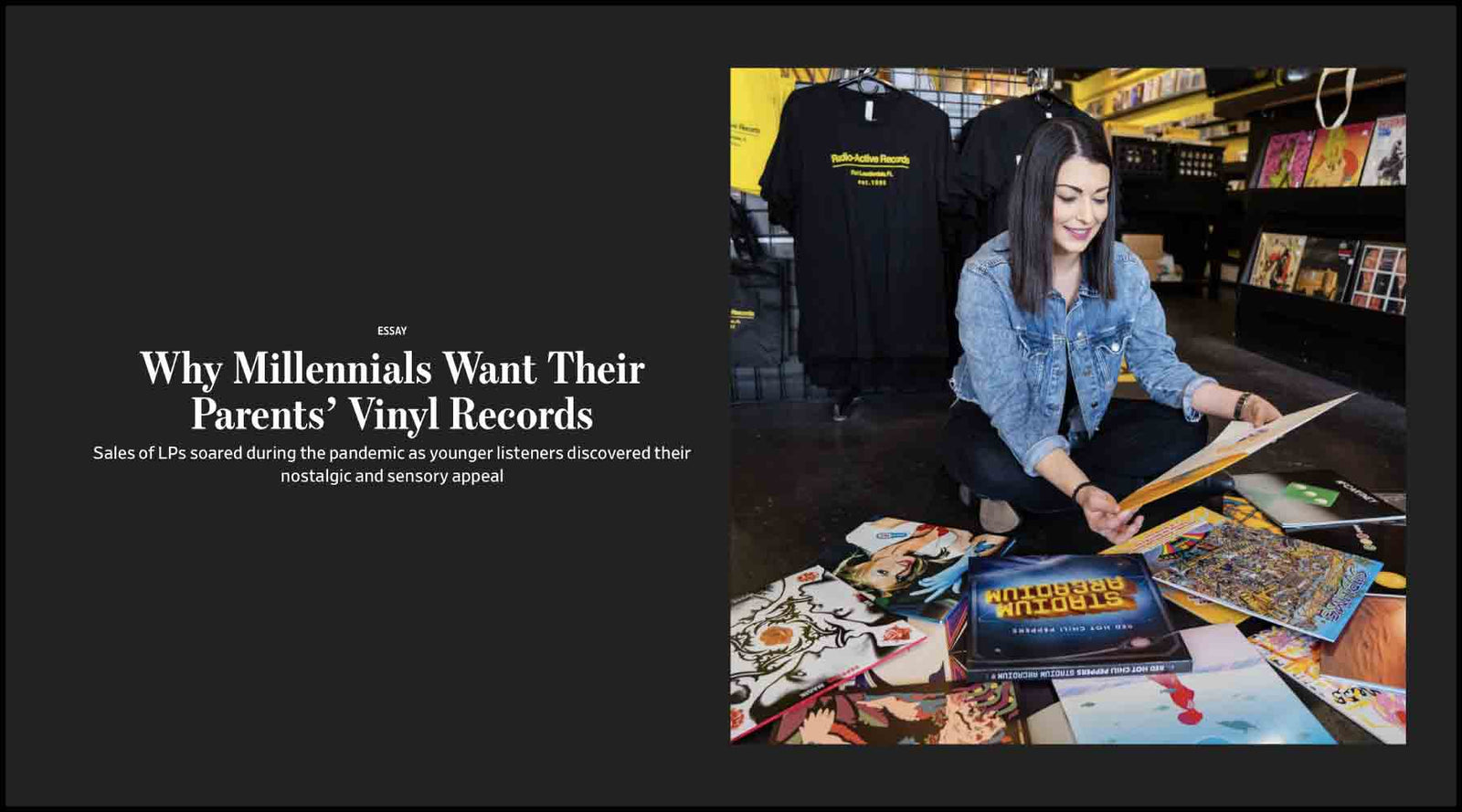Since 2020, Mr. Wicker said, his business has grown substantially, and he recently tripled his space and hired seven new woodworkers. Originally a rock vinyl collector, he has expanded to soul and funk, with groups such as Earth, Wind & Fire and Tower of Power. “At dinner parties my wife and I host, no one wants to hear my punk records anymore,” he said.
—Mr. Mark Myers is a regular contributor to The Wall Street Journal and the author of “Rock Concert: An Oral History as Told by the Artists, Backstage Insiders and Fans Who Were There.”
–

